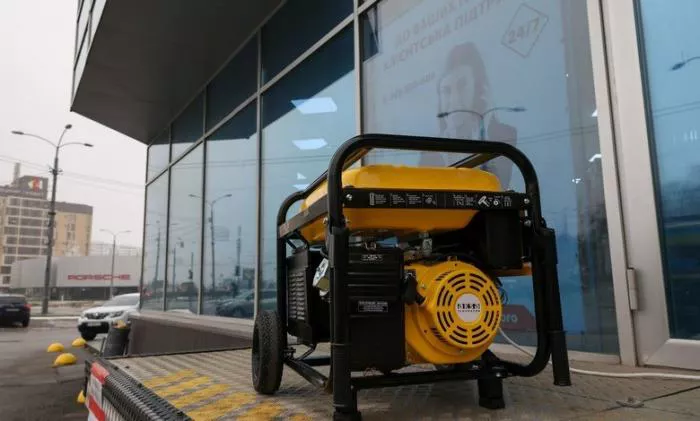Changing the fuel filter on an Onan diesel generator is an essential part of routine maintenance to ensure smooth and efficient operation. A clean fuel filter prevents contaminants from reaching the engine, which helps in maintaining performance and extending the lifespan of your generator. Here’s a detailed guide on how to change the fuel filter on an Onan diesel generator.
1. Preparation
Before beginning the fuel filter replacement, gather all necessary tools and materials. You’ll need:
A new fuel filter compatible with your Onan diesel generator model
A wrench or socket set
An oil pan or container to catch any spilled fuel
Clean rags or paper towels
Safety gloves and goggles
1.1. Turn Off the Generator
Ensure that the generator is completely turned off and has had sufficient time to cool down. This minimizes the risk of injury from moving parts or hot surfaces.
1.2. Disconnect the Battery
For added safety, disconnect the battery terminals. This helps prevent accidental electrical shorts or sparks during the maintenance process.
1.3. Prepare the Work Area
Set up your workspace in a well-ventilated area to avoid the buildup of fumes. Place the oil pan or container under the fuel filter to catch any fuel that may spill out.
2. Locate the Fuel Filter
2.1. Refer to the Manual
Consult the Onan diesel generator’s manual to identify the location of the fuel filter. The manual provides diagrams and specific instructions for your generator model.
2.2. Access the Fuel Filter
Typically, the fuel filter is located along the fuel line, either mounted on the engine block or along the fuel system. Depending on the model, you may need to remove any covers or panels to access it.
3. Remove the Old Fuel Filter
3.1. Place the Oil Pan
Position the oil pan or container beneath the fuel filter to catch any residual fuel that may spill during removal.
3.2. Loosen the Fuel Filter
Use a wrench or socket set to loosen the fuel filter from its mounting position. Turn the filter counterclockwise until it can be removed by hand. Be prepared for fuel to leak out during this process.
3.3. Remove the Filter
Carefully remove the old fuel filter and allow any remaining fuel to drain into the pan. Dispose of the old filter according to local hazardous waste regulations.
4. Install the New Fuel Filter
4.1. Prepare the New Filter
Before installation, compare the new filter with the old one to ensure compatibility. If recommended by the manufacturer, pre-fill the new filter with clean diesel fuel to reduce air bubbles and ensure proper fuel flow.
4.2. Attach the New Filter
Screw the new filter onto the mounting position by hand, turning it clockwise. Once hand-tight, use the wrench or socket set to secure it further. Avoid overtightening to prevent damage to the filter or mounting threads.
4.3. Check for Leaks
After installation, reconnect the battery terminals. Start the generator and inspect the area around the fuel filter for any signs of leakage. If leaks are detected, turn off the generator and adjust the filter as needed.
see also: How to Remove Air from Diesel Generator?
5. Clean Up and Final Checks
5.1. Clean the Area
Wipe away any spilled fuel or residues with clean rags or paper towels. Properly dispose of the used filter and contaminated rags according to local regulations.
5.2. Recheck the System
Run the generator for a few minutes to ensure it operates smoothly. Monitor the fuel system to confirm there are no leaks and that the generator is functioning correctly.
5.3. Record the Maintenance
Document the fuel filter change, including the date and the generator’s mileage or hours of operation. Keeping a maintenance record helps in tracking schedules and ensures timely filter replacements in the future.
Conclusion
Regularly changing the fuel filter on your Onan diesel generator is crucial for maintaining its performance and reliability. By following the steps outlined above, you can ensure that your fuel system remains free from contaminants and that your generator operates efficiently. Consistent maintenance, including timely fuel filter changes, contributes to the longevity and dependability of your diesel generator, providing reliable backup power when needed.

